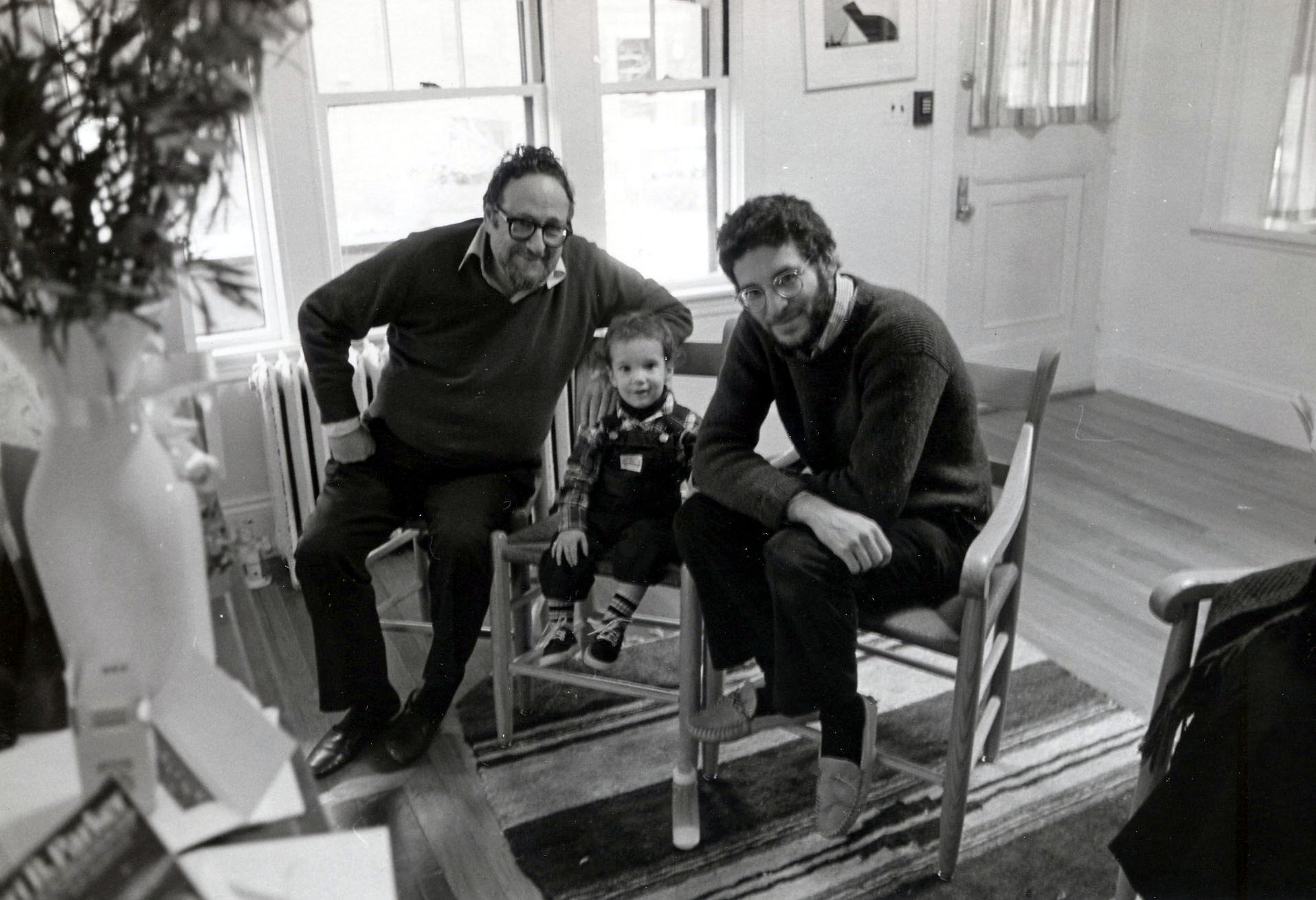
Arnold Newman
Builder of Pictures
By the time Arnold Newman took your portrait, you weren’t just a subject—you were a statement. He didn’t just shoot famous faces; he placed them in their element, stripping them bare or elevating them to mythic proportions. He was the man behind the lens of the 20th century’s most powerful players, from Stravinsky to Picasso, Kennedy to Oppenheimer. His work wasn’t just photography—it was storytelling.
A New Yorker with a Eye
Born in New York City in 1918 to Jewish immigrant parents, Arnold Newman moved with his family to Atlantic City, New Jersey, where his parents worked in the dry goods business before transitioning into the hotel industry. In 1934, the family opened a hotel in Miami Beach, where Newman first developed an interest in art. Encouraged by his parents, he pursued painting and attended the University of Miami in Coral Gables on a working scholarship. However, due to financial difficulties during the Great Depression, he was forced to leave college in 1938
Needing employment, Newman took a job in a Philadelphia photography studio, where he shot 49-cent portraits. While the work was formulaic, it gave him hands-on experience in lighting, composition, and working with subjects—an unexpected but crucial foundation for his future career. By the end of 1939, he returned to West Palm Beach to run a portrait studio.
By 1941, he was back in New York and had found his real scene: Greenwich Village, rubbing elbows with artists, drinking with intellectuals, and landing gigs in Life, Look, Fortune, and Harper’s Bazaar. These weren’t stiff society portraits—Newman was setting his subjects in their natural habitats, surrounded by their art, their work, their chaos.
Alfred Krupp
Newman made his name in a world where a portrait could mean power, legacy, and sometimes, even revenge. If he liked you, you looked like a god. If he didn’t, well, let’s just say you wouldn’t hang that one in the office. His 1963 portrait of Nazi-linked industrialist Alfred Krupp, shot in chilling, hellish light with Krupp’s claw-like hands in the foreground, looked like a still from a German expressionist horror film. The powerful businessman, who had enslaved prisoners at Auschwitz, is made to appear exactly as he should: a villain in his own nightmare.
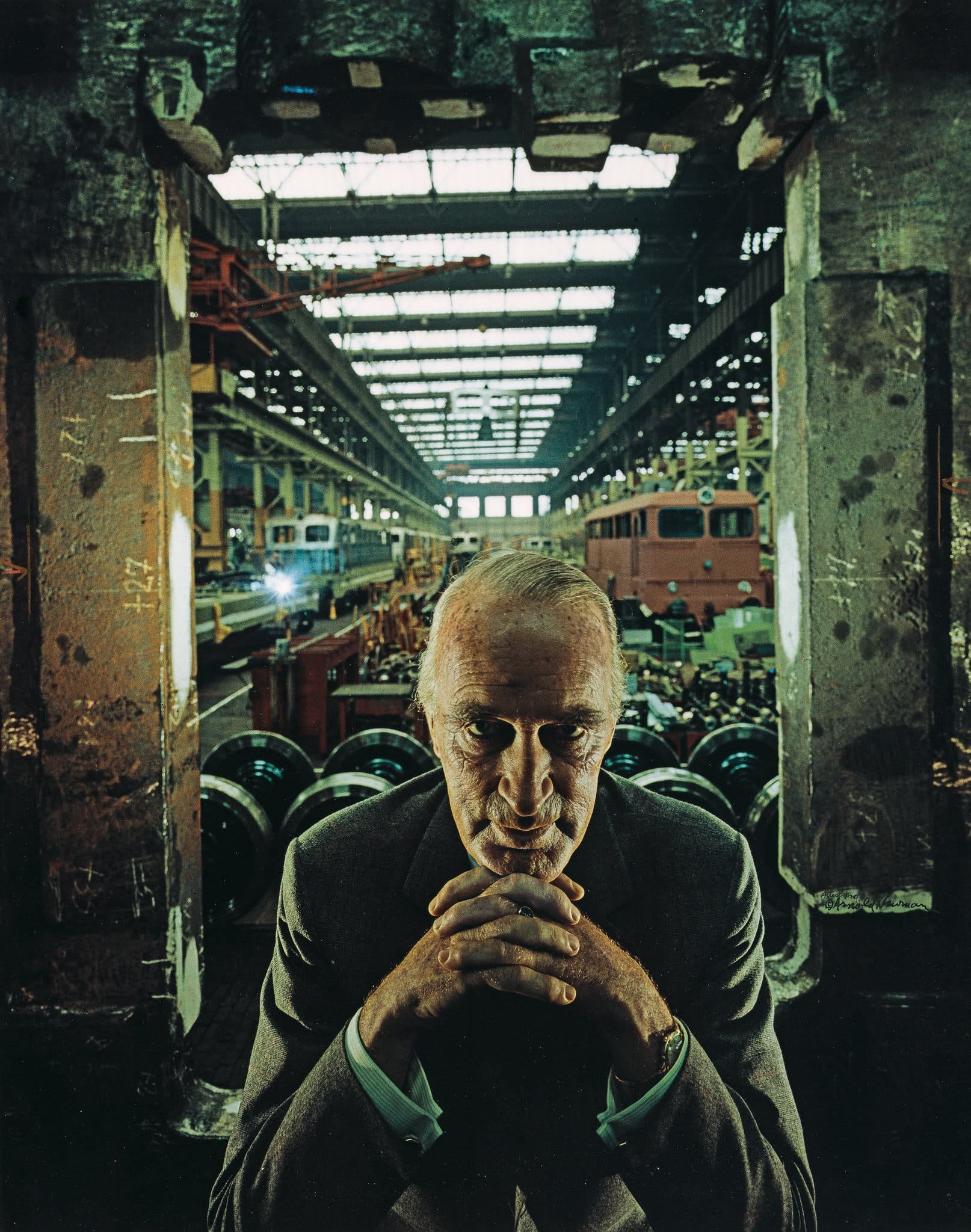
The Stravinsky Portrait
One of the most iconic images in Arnold Newman’s career—arguably one of the most significant portraits of the 20th century—is his 1946 photograph of Igor Stravinsky. More than just a portrait, the image is a masterclass in composition, visual storytelling, and the essence of environmental portraiture.
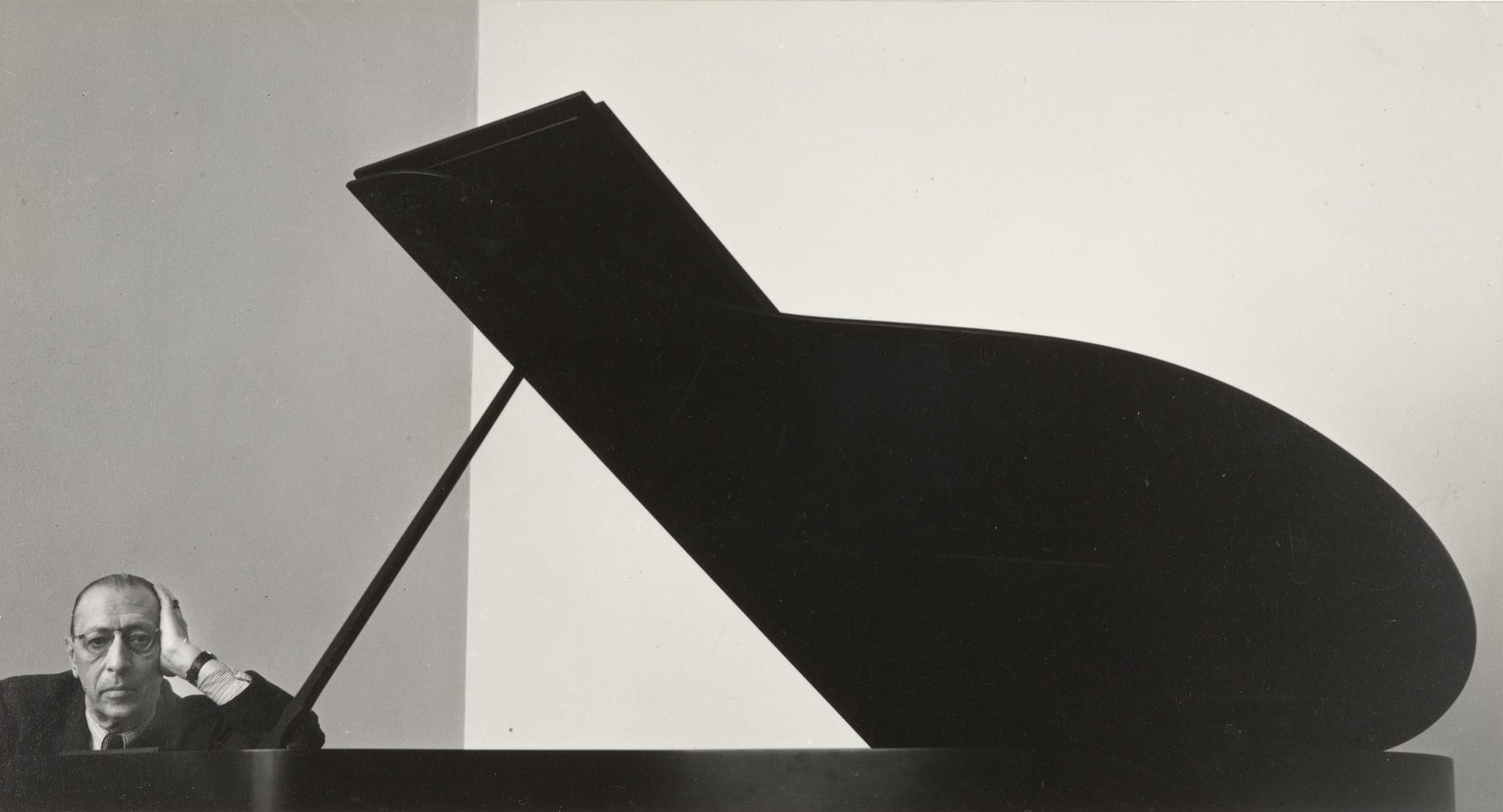
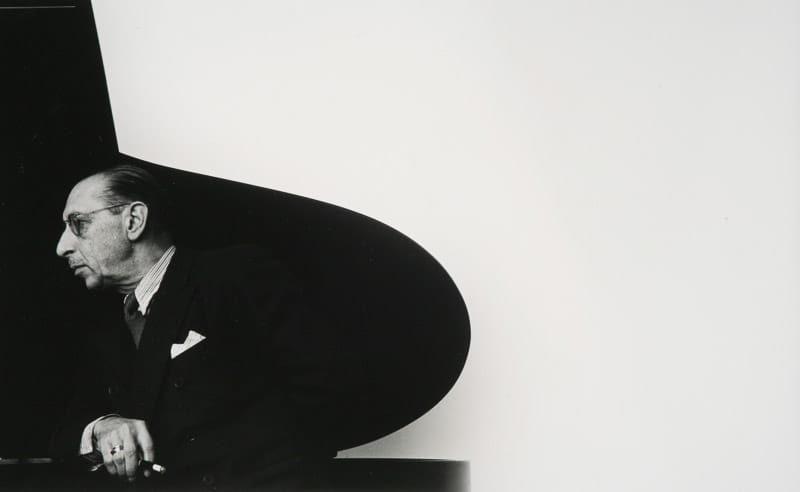
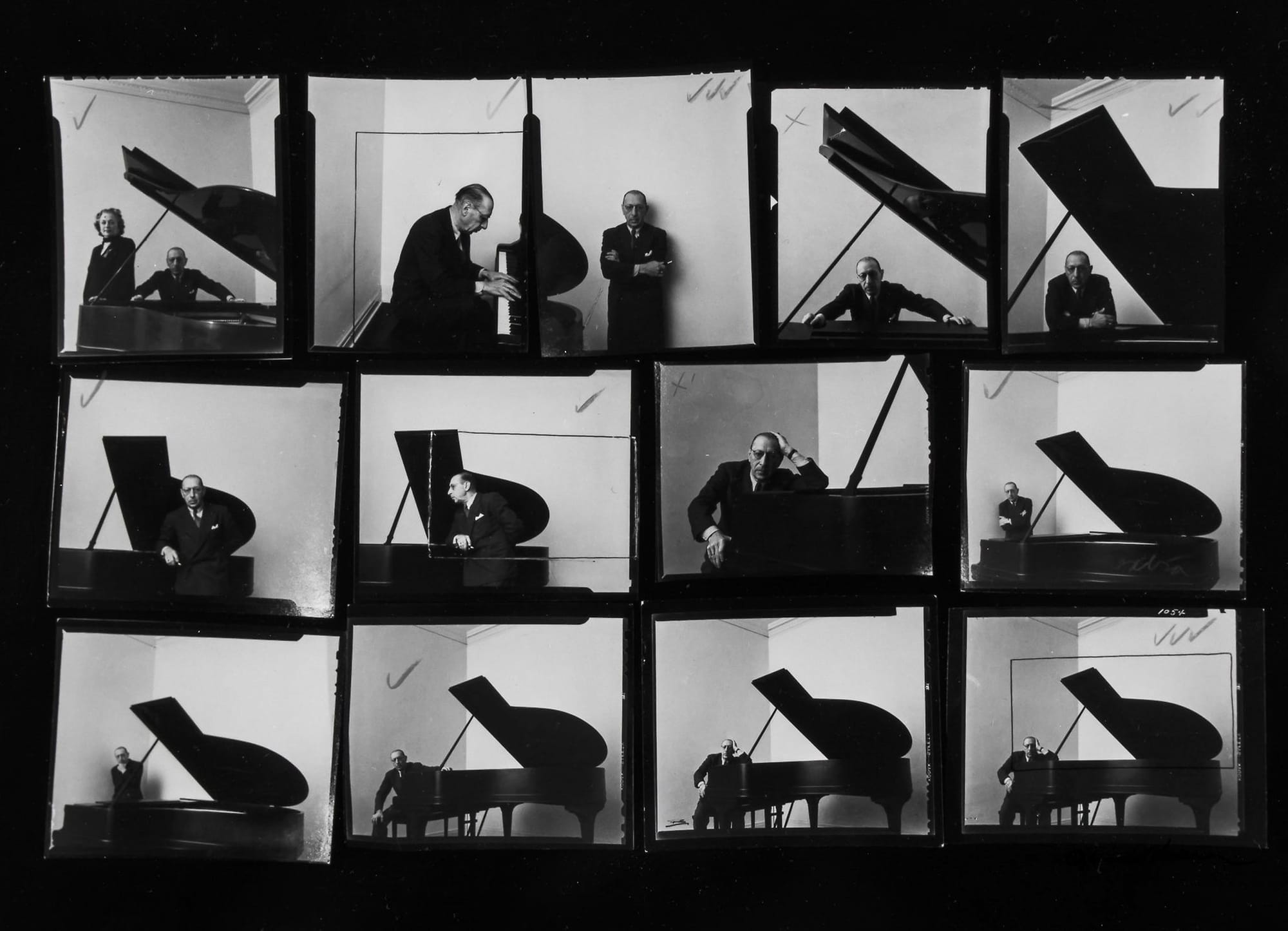

Picasso
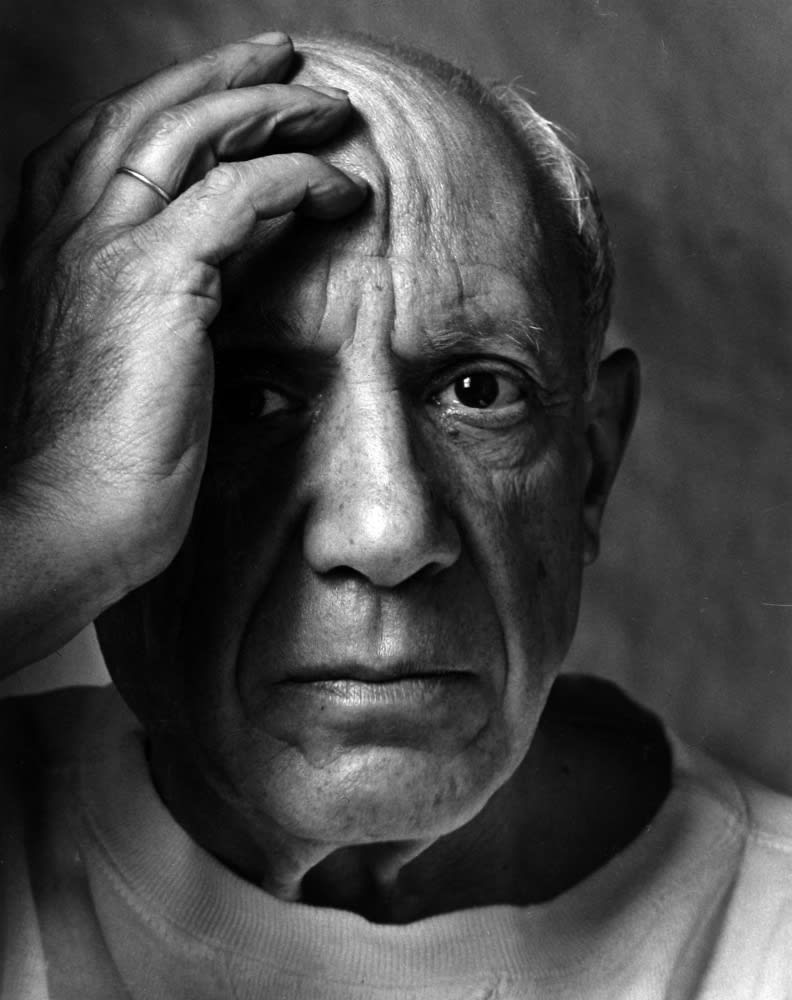
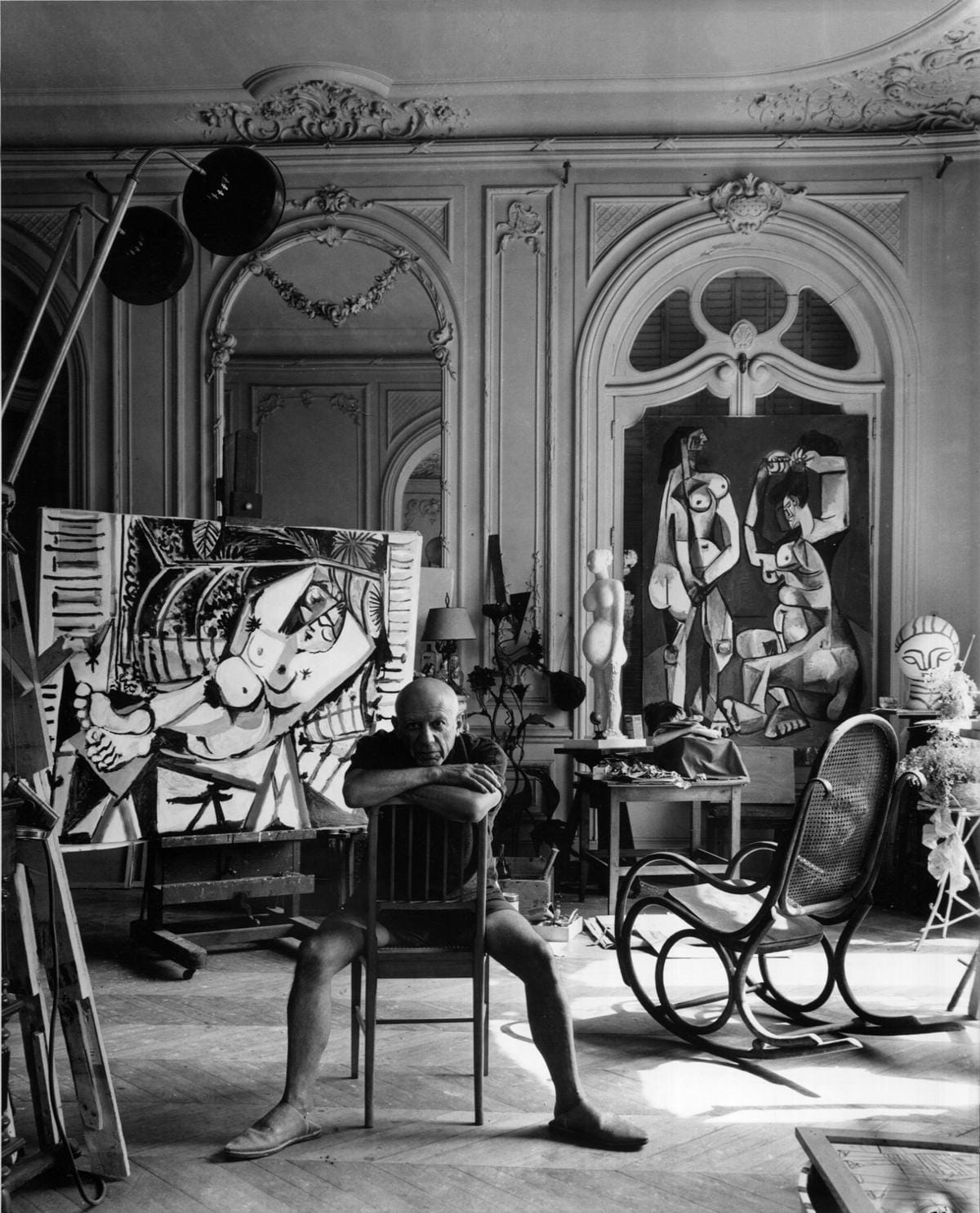
Pablo Picasso
O’Keeffe
Then there was Georgia O’Keeffe, who, even in her later years, retained that sharp desert-edge energy. He shot her outside, all stark landscapes and clean lines, making her look as timeless as her work. Of his body of work, these I find to be the least interesting.
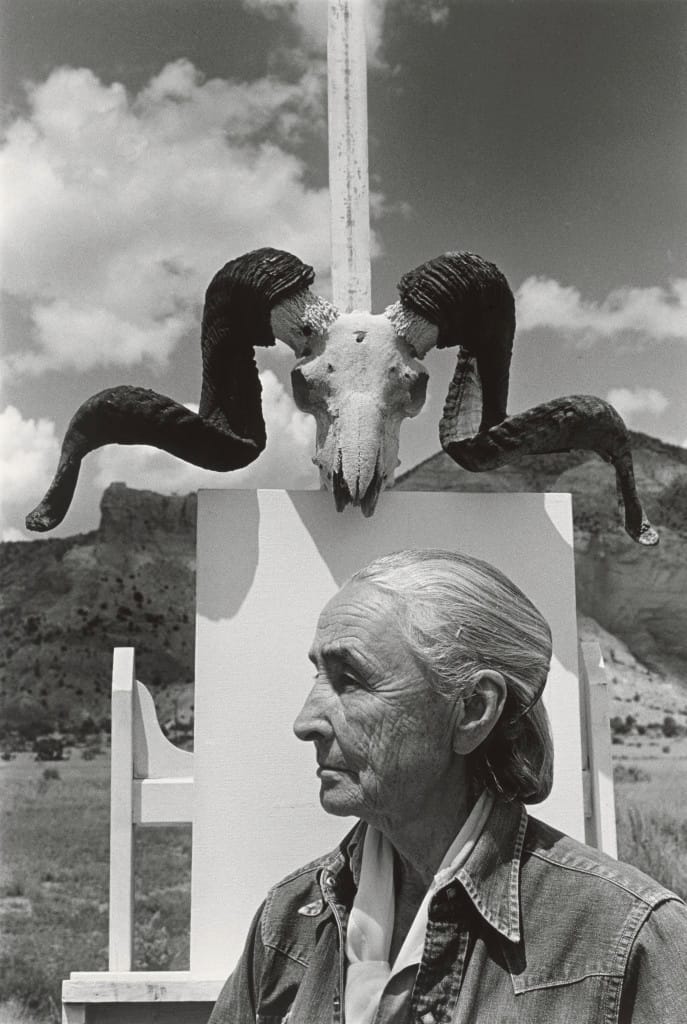
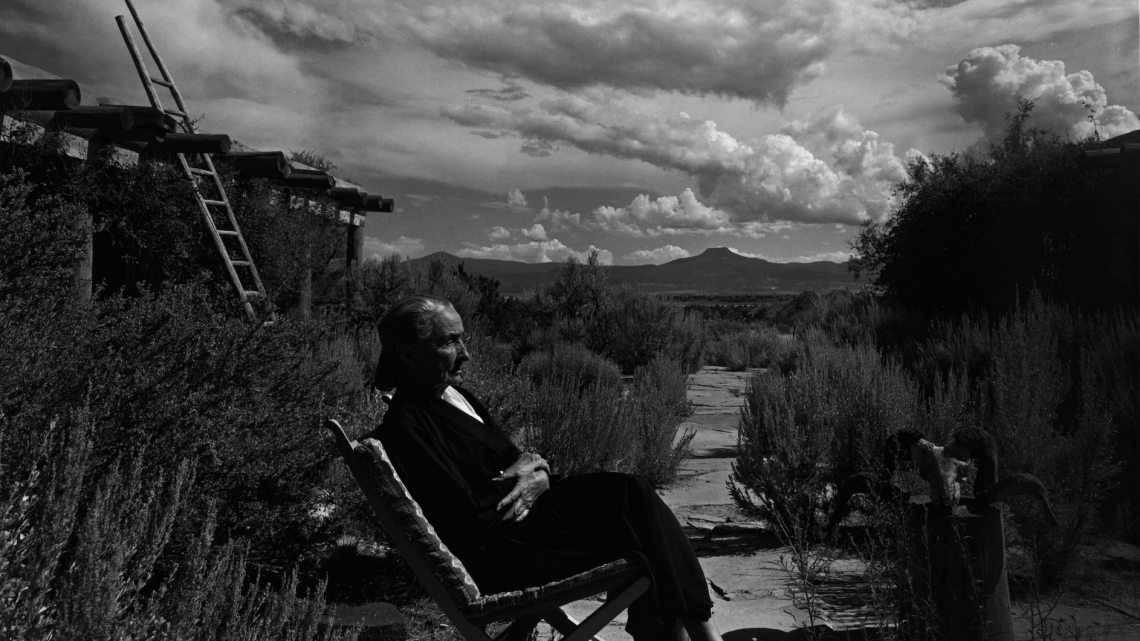
Georgia O’Keeffe
Dali
Newman didn’t even try to tone down the madness.
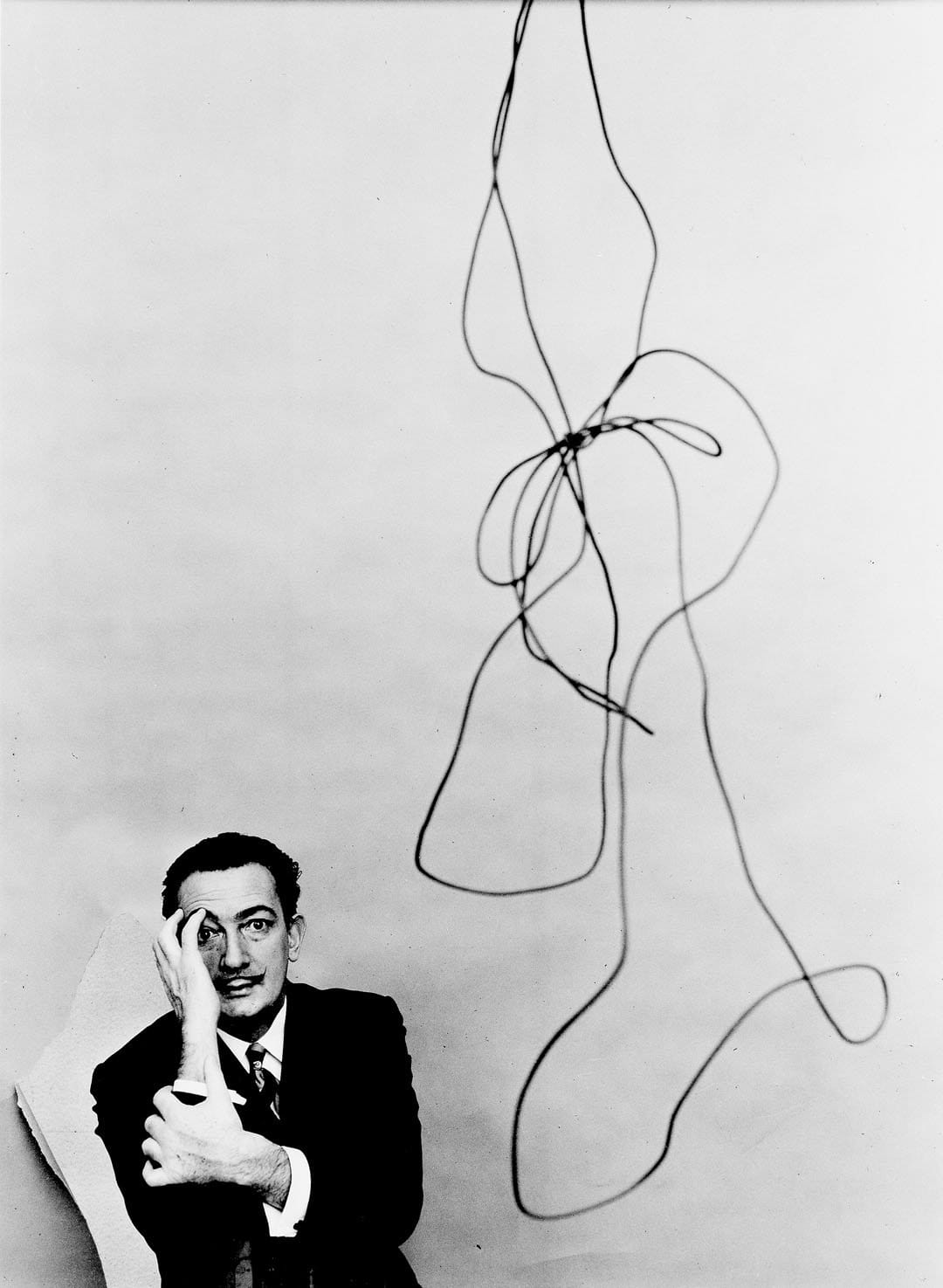
Ayn Rand
It's unclear if Newman was a fan.
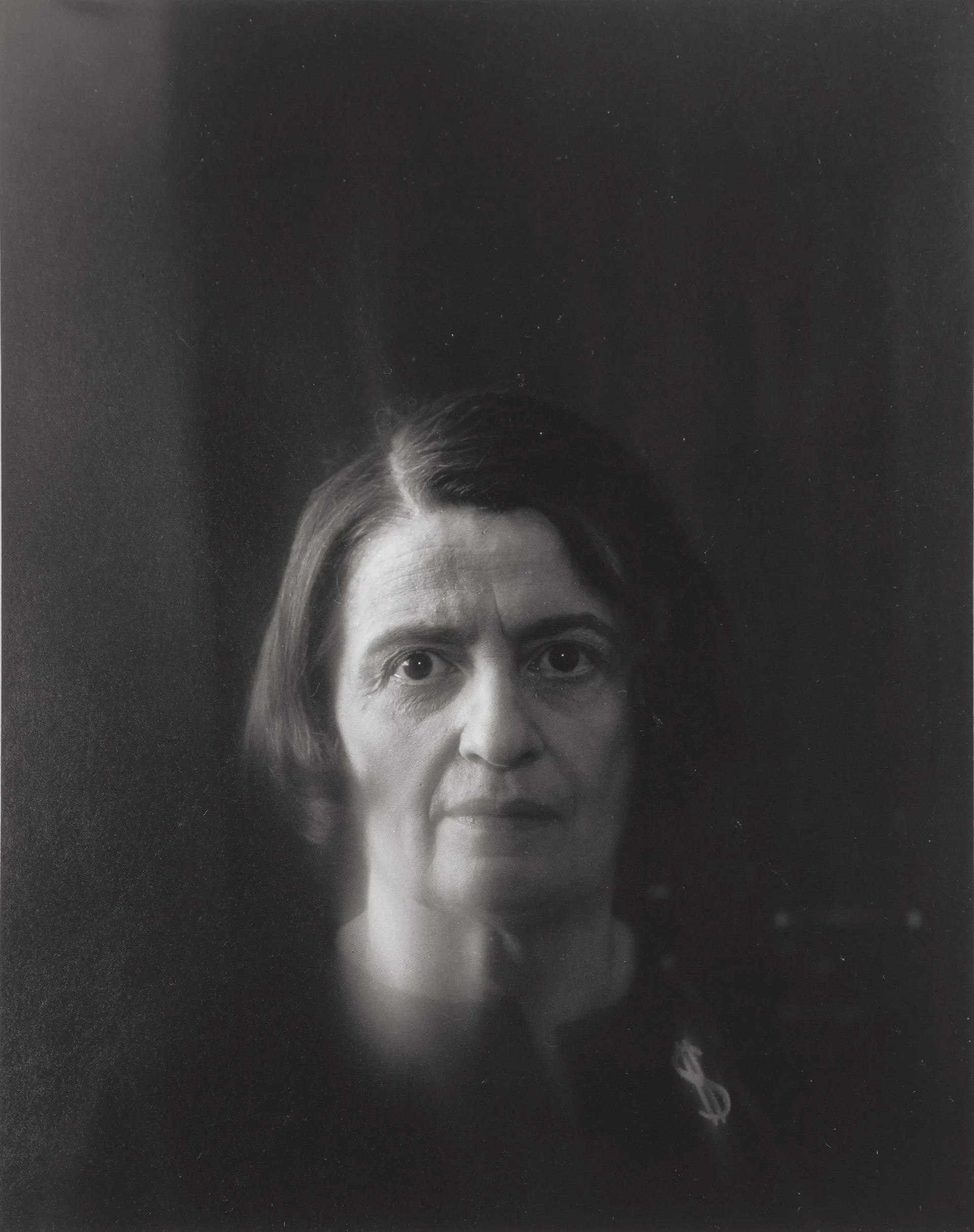
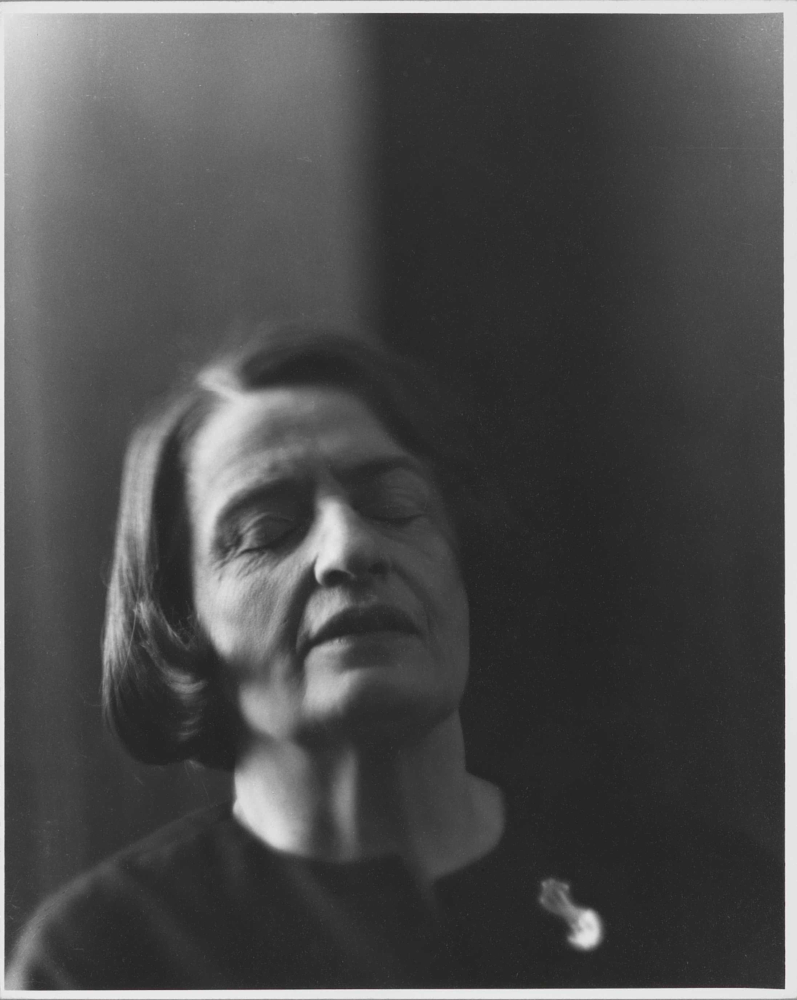
Oppenheimer
Newman had a knack for capturing the burden of genius, and no portrait demonstrates this more than his photograph of J. Robert Oppenheimer, father of the atomic bomb. Shot in 1948, the portrait is haunting—Oppenheimer’s face is weary, almost haunted, a man who has seen something the rest of us can only imagine.

Kennedy
Newman was also one of the few photographers to capture John F. Kennedy before he was JFK. In 1953, he shot a fresh-faced Senator Kennedy, the camera already catching that magnetic mix of boyish charm and quiet calculation. The next time he shot him, Kennedy was in the White House, and the weight of the presidency was already pressing down on him.
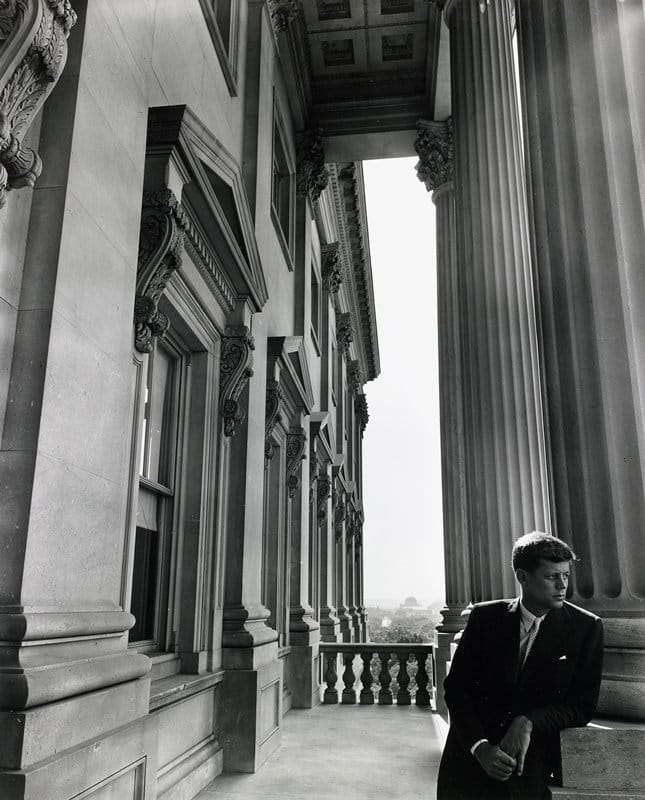
Warhol
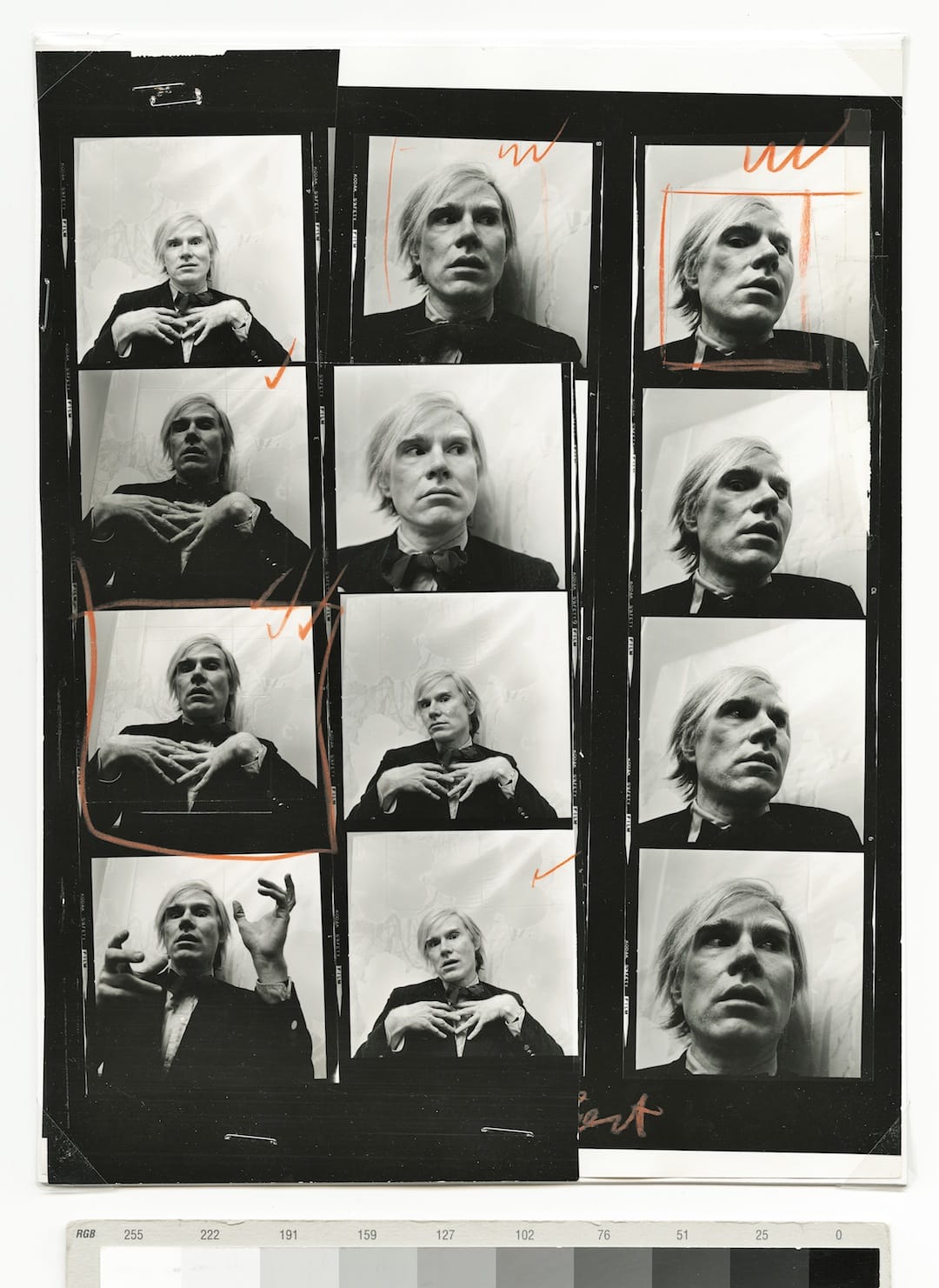
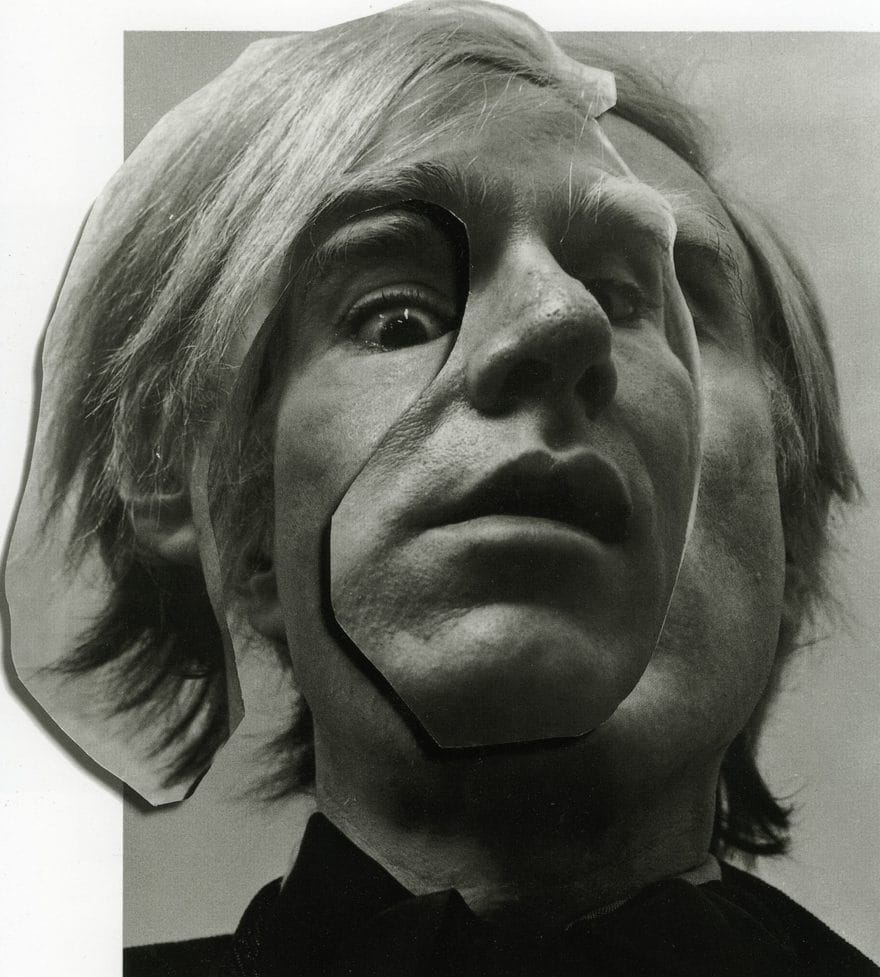
Legacy
Arnold Newman didn’t just photograph people; he defined them. His images are burned into our cultural memory, shaping how we remember some of the most important figures of the last century.
He died in 2006 at the age of 88, leaving behind an archive that could fill museums—and does. His influence is everywhere, from Annie Leibovitz’s celebrity portraits to the way politicians and artists choose to be seen.
"Photography is 1% talent and 99% moving furniture" ~ Alfred Newman
Additional References

